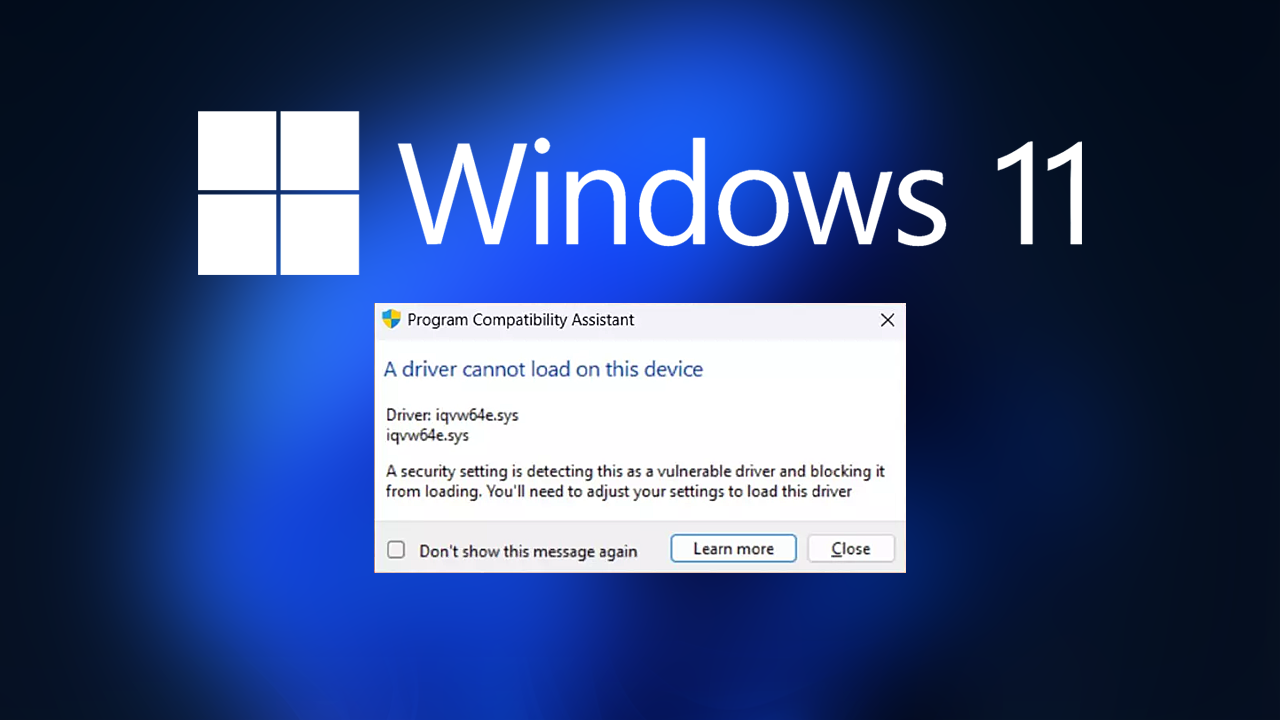With the constantly evolving technology world and connectivity, the switch between Micro USB to USB-C has been a major shift regarding how we connect to and recharge our devices. Learning the difference between the two different types of USB connectors will benefit consumers make educated choices regarding their gadgets and other accessories. We’ll take a detailed look at Micro USB and USB-C, outlining their major distinctions and benefits.
What is Micro USB?
Micro USB is a kind of USB (Universal Serial Bus) connector which was extensively used for tablets, smartphones and various other handheld devices. In the late 2000s, it soon became the norm due to its dimensions and its versatility. Micro USB connectors can be found in two versions, namely Micro-A and Micro-B and Micro-B, with Micro-B being the most common version used for charging as well as transfers of data.
Key Characteristics of Micro USB:
- Style: Micro USB connectors are asymmetrical. This means they are only able to be put into devices in one direction. They can cause inconvenience when you endeavor to insert them improperly.
- Charge Speed USB Micro USB supports the standard speed of charging, which suffice for many older gadgets, but are slower when than the latest standard.
- Data Transfer The format supports USB 2.0 speed for data transfer that can be slower compared to the more modern USB standards.
What is USB-C?
USB-C is the latest version of a more modern USB connector that was introduced in 2014. It quickly became the standard of choice for a variety of gadgets, such as laptops, smartphones, tablets and other accessories. USB-C was designed to overcome several of the weaknesses of the previous USB connectors through offering improved capabilities and speed.
Key Characteristics of USB-C:
- design: USB-C connectors are convertible, which means they can be used both ways, which makes their use more comfortable and reduces the stress of attempting to position the connector in the right way.
- Charge Acceleration: USB-C supports higher energy delivery, which allows speedier charging of gadgets. It is capable of delivering up to 100 watts energy, which is a lot greater than what Micro USB can handle.
- Data Transfer USB-C can support a range of standard for data transfer, such as USB 3.1, 3.2, and Thunderbolt 3, offering much quicker speeds than Micro USB.
Comparing Micro USB and USB-C
- Size and Design:
- Micro USB Unsymmetrical appearance, not ideal for those struggling with the orientation of connectors.
- USB-C A reversible style, making it simpler to use as well as reducing use on the port.
- Performance:
- Micro USB: Limited to USB 2.0 speeds slow data transfer speeds as well as standard charging rates.
- USB-C Allows for faster speeds of data transmission (up up to 10 Gbps using USB 3.1) and faster speed of charging with power.
- Versatility:
- Micro USB Mostly used for charge and transfer of data, but with limited support for applications that require high power.
- USB-C Allows for a vast array of applications, like charging and data transfer, as well as video output and other applications that require high power, all via one port.
- Future-Proofing:
- Micro USB: Considered outdated as fewer and fewer modern devices that support it. This is because USB-C has become more common.
- USB-C It is the current standard extensively used in different devices and accessories which makes it the best option to ensure future compatibility.
Conclusion
Although Micro USB served as a vital connector over the course of many decades, USB-C marks an important leap forward in technology. The design is reversible, it has greater power transfer, as well as faster transfer speeds makes it an ideal alternative for the latest devices. With the advancement of technology and USB-C will increase in popularity and offer users more convenience and speed.
If you’re looking to upgrade your gadget or just looking into options for new devices, understanding the distinctions of Micro USB and USB-C can benefit you make the right selections and remain up to date on the most recent technological advances.


